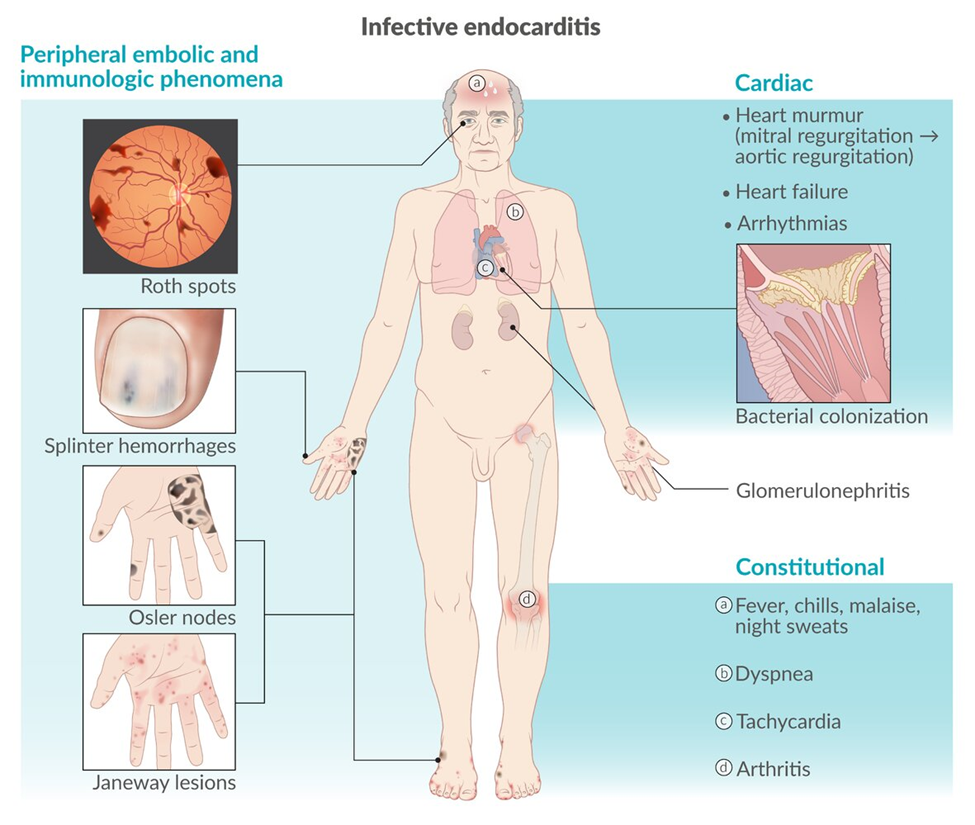A nurse is providing discharge teaching to the parents of a 6-month-old infant following a surgical procedure to repair a hypospadias. Which of the following instructions should the nurse include in the teaching?
"Apply a dry gauze dressing twice per day."
"Perform hourly measurements of the infant's urinary output."
"Offer the infant 12 to 18 ounces of fruit juice daily."
"Avoid giving the infant a tub bath until the stent is removed."
The Correct Answer is D
A. "Apply a dry gauze dressing twice per day."
This instruction may not be necessary for a hypospadias repair procedure. Typically, the surgical site will have a dressing applied immediately after the surgery, but ongoing dressing changes may not be required once the infant is discharged. It's essential to follow the specific postoperative care plan provided by the healthcare provider.
B. "Perform hourly measurements of the infant's urinary output."
Hourly measurements of urinary output may not be necessary unless specifically instructed by the healthcare provider due to concerns such as urinary retention or dehydration. However, regular monitoring of urinary output as part of routine care may be appropriate.
C. "Offer the infant 12 to 18 ounces of fruit juice daily."
Offering 12 to 18 ounces of fruit juice daily to a 6-month-old infant is not recommended. Introduction of fruit juice should be gradual and in small amounts, following guidance from healthcare providers and infant nutrition guidelines. Excessive fruit juice consumption can lead to gastrointestinal issues and may not be suitable for all infants.
D. "Avoid giving the infant a tub bath until the stent is removed."
This instruction is appropriate. After hypospadias repair surgery, a stent or catheter may be placed to aid in healing and ensure proper urine drainage. It's essential to follow healthcare provider instructions regarding bathing and hygiene to minimize the risk of infection and to ensure the stent remains in place until it is ready to be removed.
Nursing Test Bank
Naxlex Comprehensive Predictor Exams
Related Questions
Correct Answer is D
Explanation
A. An adolescent who has iron-deficiency anemia and an Hgb level of 11 g/dL (10 to 15.5 g/dL):
An Hgb level of 11 g/dL in an adolescent with iron-deficiency anemia is within the expected range for someone with this condition. While iron-deficiency anemia requires management, it is not an urgent or critical condition requiring immediate intervention.
B. A school-age child who has diabetes mellitus and an HbA1c of 8% (less than 7%):
An HbA1c level of 8% in a child with diabetes mellitus indicates poor glycemic control and may increase the risk of long-term complications. While it requires attention and adjustment of the treatment plan, it is not an urgent or critical condition requiring immediate intervention.
C. A toddler who has moderate dehydration and an RBC count of 5.6/mm3 (4 to 5.5/mm3):
Moderate dehydration in a toddler is a concerning finding that requires prompt intervention to restore fluid balance and prevent complications. However, the RBC count of 5.6/mm3 is within the normal range and does not indicate an urgent or critical condition.
D. A preschooler who has cystic fibrosis-related diabetes and a WBC count of 15,000/mm3 (5,000 to 10,000/mm3):
A WBC count of 15,000/mm3 in a preschooler with cystic fibrosis-related diabetes may indicate an infection or inflammatory process. Elevated WBC count warrants further assessment and possible intervention to identify and treat the underlying cause, making this the priority.
Correct Answer is A
Explanation
A. New heart murmur
This is a common finding in infective endocarditis due to damage to the heart valves caused by the infection. The infection can lead to the development of new heart murmurs or changes in existing ones as the valves become affected.
B. Weight gain
Weight gain is not typically associated with infective endocarditis. In fact, individuals with infective endocarditis may experience weight loss due to symptoms such as fever, loss of appetite, and malaise.
C. Bradycardia
Bradycardia, or a slow heart rate, is not a typical finding in infective endocarditis. In many cases, individuals with infective endocarditis may actually present with tachycardia (rapid heart rate) due to fever and the body's response to infection.
D. Decreased body temperature
Infective endocarditis is often associated with fever, which would lead to an elevated body temperature rather than a decreased one.

Whether you are a student looking to ace your exams or a practicing nurse seeking to enhance your expertise , our nursing education contents will empower you with the confidence and competence to make a difference in the lives of patients and become a respected leader in the healthcare field.
Visit Naxlex, invest in your future and unlock endless possibilities with our unparalleled nursing education contents today
Report Wrong Answer on the Current Question
Do you disagree with the answer? If yes, what is your expected answer? Explain.
Kindly be descriptive with the issue you are facing.
